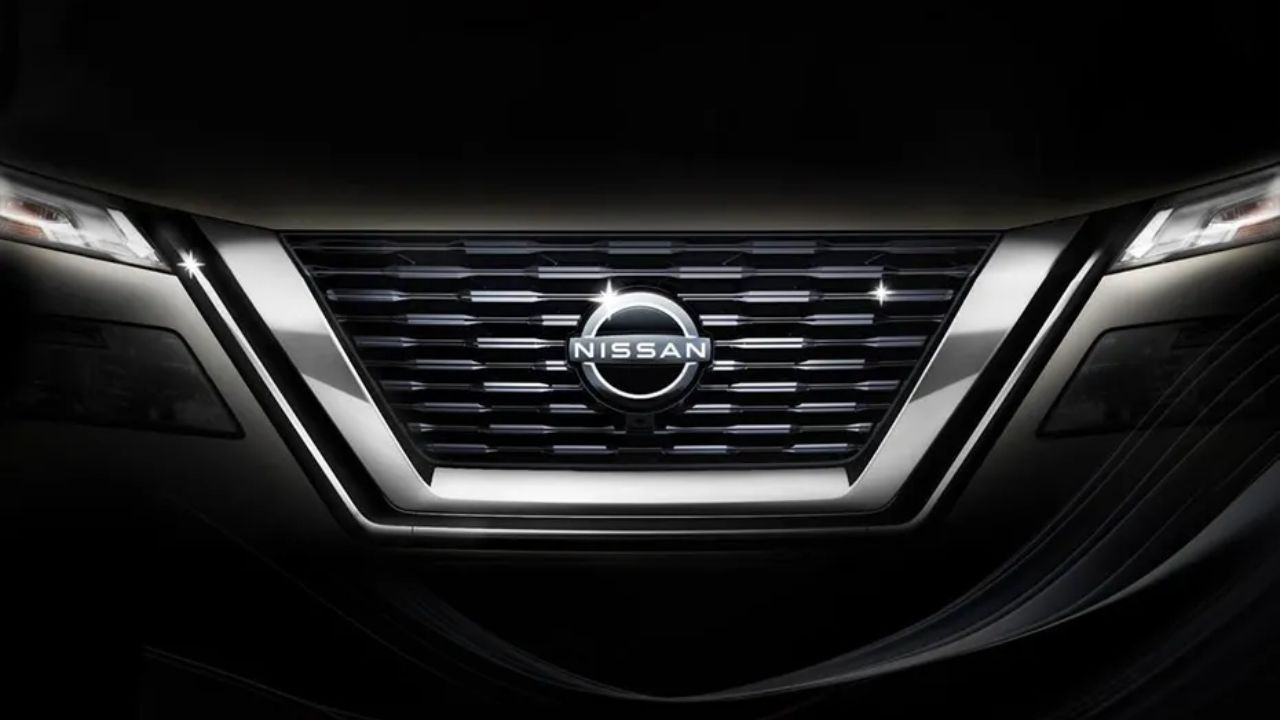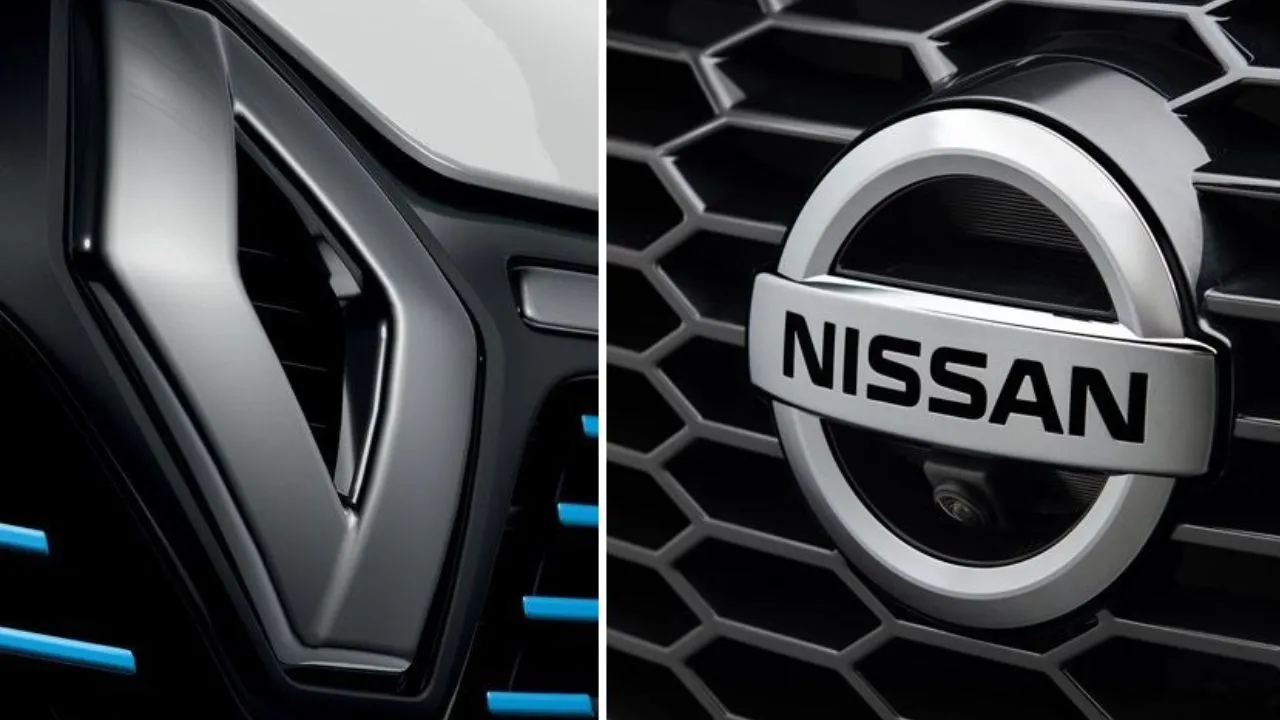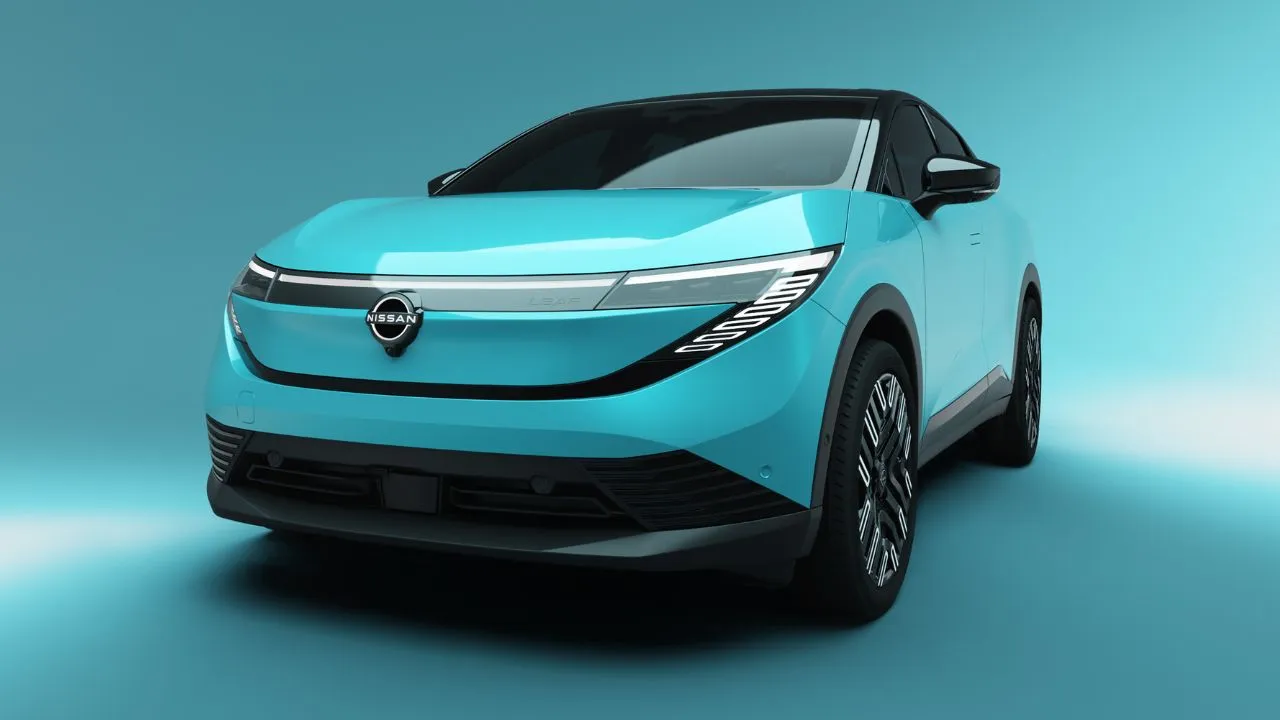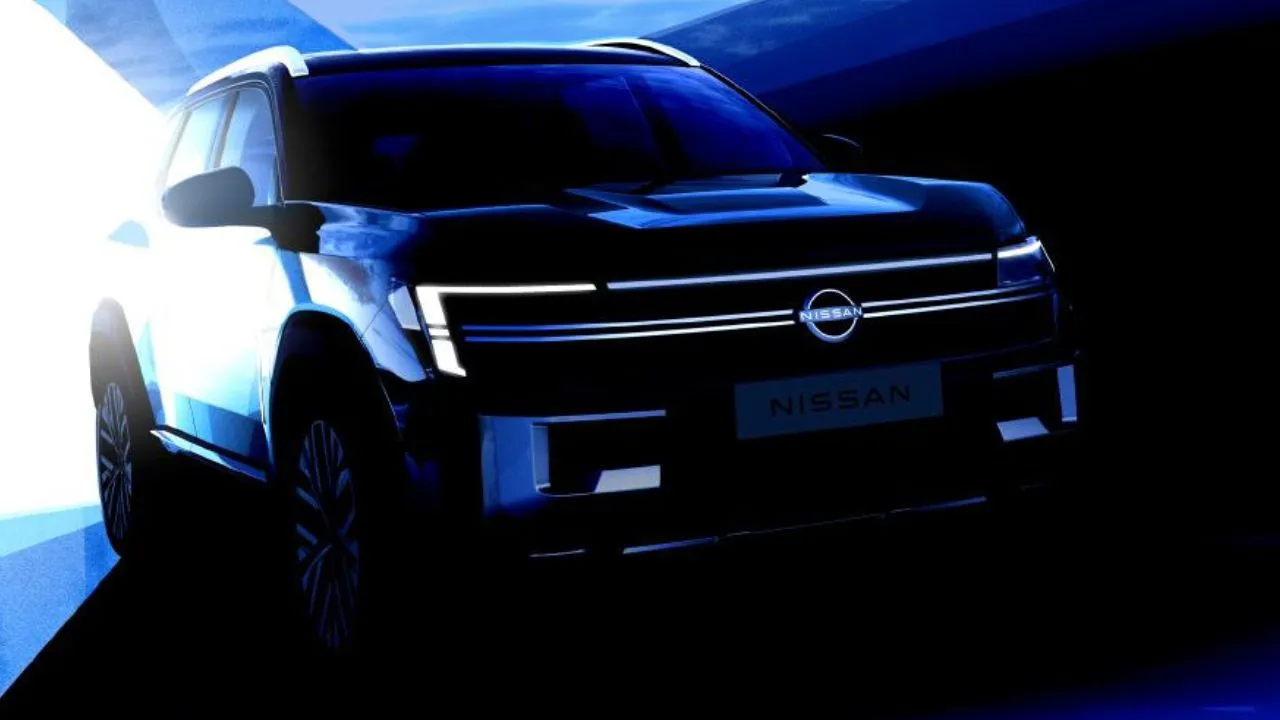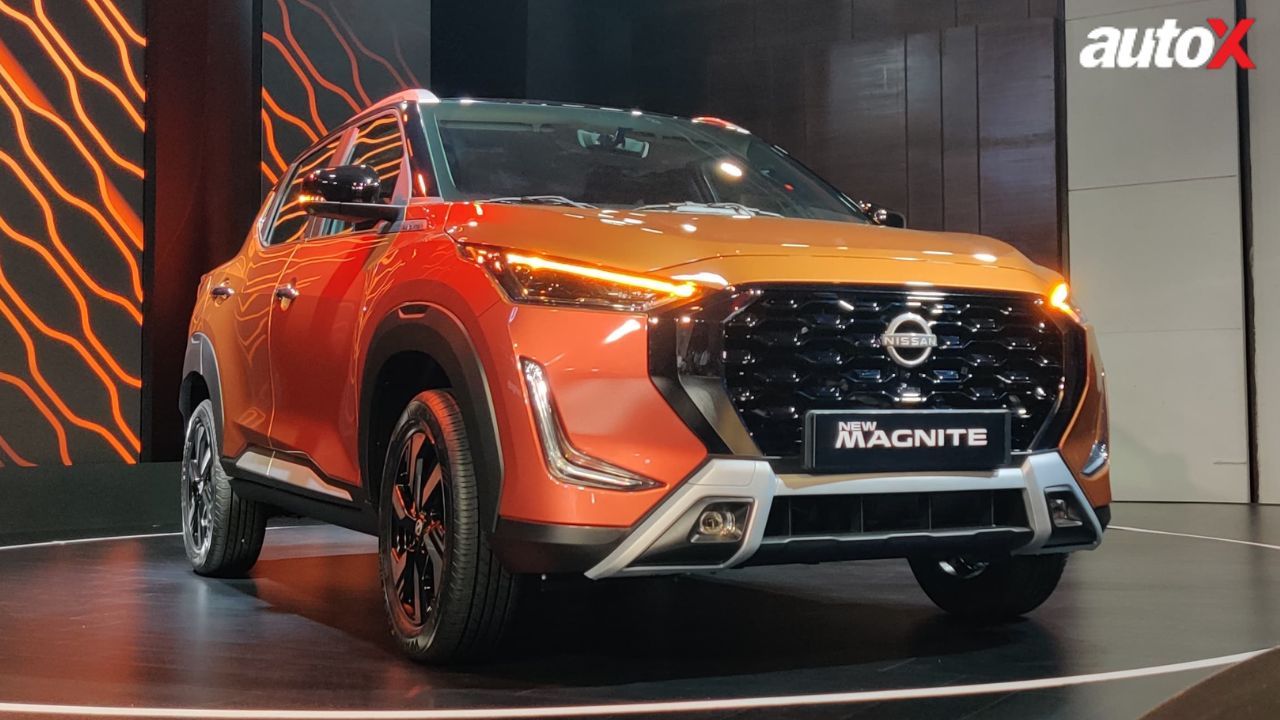Driving across Spiti Valley in a Nissan Kicks: Road Trip
A ‘best roads’ celebratory feature would be nothing short of blasphemous without an adventurous trip to the Himalayas. And that’s why we begin our 150th special feature with a drive to the Spiti Valley.

A ‘best roads’ celebratory feature would be nothing short of blasphemous without an adventurous trip to the Himalayas. And that’s why we begin our 150th special feature with a drive to the Spiti Valley.
The Himalayas! Don’t your eyes just light up and you feel a tingling excitement in your spine when you hear this word? Or, maybe, if you happen to live in the middle of an urban jungle, you may even break into tears with the deep desire to just drop everything and head north. If nothing else, it’s the pathetic air quality in our cities that keeps our lacrimal glands working around the clock.
In any case, there’s no denying that life in a metro sucks… well, the life ‘out of you’ anyway. And that’s why a mere mention of the mountains can cause unfathomable – to those who already live in the mountains – excitement. You see, I’m no different. I crave going to the mountains as much as anyone else. Only, I don’t necessarily have to wait for ‘long’ weekends like other folks. Thankfully, my job allows me enough opportunities – and it involves driving a car or riding a bike of some sort. A tough job indeed, but someone’s got to do it!
Now, the most recent road trip that I signed up for was a rather special one. You see, this month at autoX, we’re celebrating our 150th issue – that is, 12 years of smoking rubber and burning fossils to satiate our love for two and four-wheel machines. And, so, to commemorate this occasion, we, as driving enthusiasts, decided to find four of the best 150 kilometre stretches of roads in different parts of our country – the coast, desert, forest and mountains.
My task was to cover what I thought was the best leg of the lot – the mountains. So, without much research, I headed to Himachal Pradesh and zeroed in on the stretch between Reckong Peo and Tabo in Spiti Valley.
Getting our Kicks
Whether you’ve been to Spiti Valley or not, social media must have given you a glimpse of how difficult it is to drive to this barren highland – making it absolutely essential to have a very capable vehicle to conquer this treacherous course. Keeping that in mind, I chose the all-new Nissan Kicks. Why? First, it’s an SUV, which means that it’s got great ground clearance and that, at least in India, is half the battle won. Moreover, it’s packed to the brim with features, and there’s no dearth of creature comforts either. And, oh, it’s quite handsome too, which meant there would be enough fodder for my Insta feed.
Scaling Heights
Although the drive was to officially begin from Reckong Peo, we had to get there first – quite a task in itself. From Delhi, it took us nearly two days to reach our starting point.
Day one was a 10-hour, and over 400-kilometre drive, to reach Narkanda. The next day, we made it to Reckong Peo at quite a relaxed pace, in five hours, covering 165 kilometres. For our night stay, we cheated a little, as we decided to go further up, by around 8 kilometres, to the town of Kalpa.
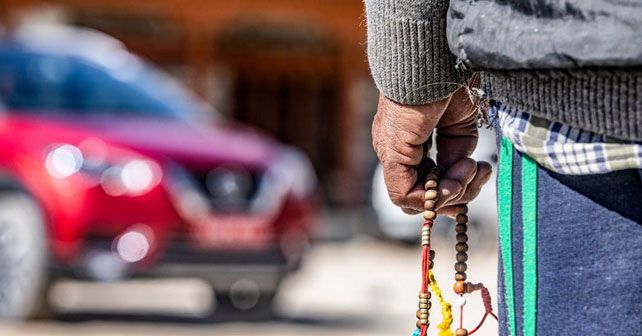
Fortunately, Kalpa – or even Reckong Peo, for that matter – aren’t particularly touristy. These are just two small, off-beat locations in the Kinnaur district, which means that typical travellers don’t usually come here.
Down to business
The next morning, we woke up to the spectacular sight of the Kinner Kailash peak, which remains snowclad throughout the year. Although I hate early morning starts, the vistas made it well worth it. Soon after leaving Reckong Peo, we were on the silky-smooth tarmac of NH5.
The Kicks was absolutely flying on these roads – not just on the straights, but also around the bends as well. This really is a very involving car to drive in the hills – the body control is good, the hydraulic steering drips with feel and the drivetrain is smooth and super responsive. Despite being a high-riding vehicle, it’s very car-like to drive.

But soon, after a few kilometres, the road disappeared, and we were faced with rocky terrain and extremely narrow paths. But here, too, the Kicks wasn’t to be deterred – its ride quality is simply superb. Going over boulders in the Kicks was like being on a pogo-stick, and I can’t believe that I’m saying this, but it was really fun! This jumping about continued for around 15 kilometres, but not without a bit of a scare. You see, on the left, there were huge boulders and falling rocks, while on the right there was a sheer drop of over 300-feet. A momentary lapse of attention would have resulted in us finding ourselves in the depths of the Sutlej river. This drive was enough to make me understand why this stretch has the reputation of being one of the most dangerous roads in the world!
After we reached Pangi – around 12 kilometres from Peo – the roads widened up again. But, soon, we hit a roadblock just before Spillo – again. In these parts, road construction, combined with landslides, often result in impassable roads. Stuck for over an hour between a fragile mountain belt and the turbulent flow of the Sutlej, we were impatiently praying for clear passage.
Once we reached Spillo, we took a quick stop to enjoy the staple diet of the mountains – Maggi and piping hot tea. Luckily, the road for the next 50 kilometres or so was in great shape, allowing us to quickly make up some lost time.
Our next stop was Khab – around 15 kilometres down the road. Now, while Khab is a very small village, with next to no humanity around, it’s the gateway to Spiti. It’s here that you catch the first glimpse of the cold and barren mountain highland of the valley. Unfortunately, it’s also the place where the roads disappear again!
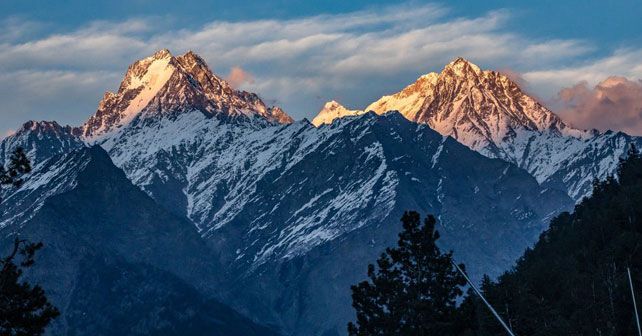
Tipping Point
From Khab, the journey took a new twist, as the road was marked by a number of dizzying hairpin turns. We started at 8,000-feet and, in the blink of an eye, climbed all the way up to Nako, at 12,000 feet, covering a distance of 35 kilometres. This section used to be paved, but after a harsh winter, this stretch is in dismal shape now.
It took us nearly 90 minutes to reach Nako – the highest village in the Hangrang Valley – where the scenery is simply gobsmacking. With the majestic Reo Purgyal (22,632 feet) – the highest mountain of Himachal Pradesh – in the backdrop, and an ancient monastery and a lake in the middle of the village, Nako is nothing short of an artist’s dream. It’s also the last village before you enter the Spiti Valley.
The 64-kilometre stretch between Nako and Tabo is certainly one of the best driving roads in the world, let alone in India! The road surface is simply perfect, with breath-taking surroundings and barren mountains towering on all sides – an enthusiast’s heaven. However, don’t forget that it’s still one of the most dangerous roads in the world. So, extreme care is advised.
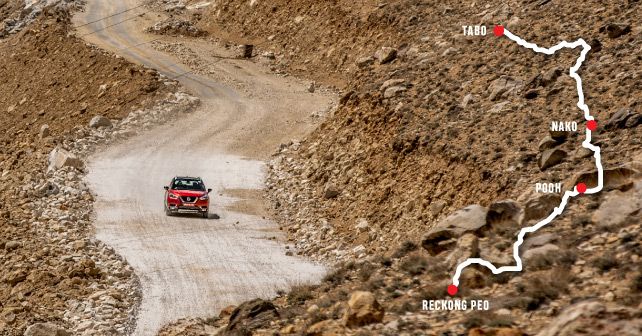
All’s well that ends well
No matter how many times you’ve been to the Spiti Valley, this magnificent place always makes your jaw drop. And that’s exactly what happened to me. As we inched close to the finish line, which was Tabo Monastery – one of the oldest and holiest places of the region – I couldn’t help but run through everything that had happened over the day.
First, it took us nearly 9 hours to complete 150-kilometres! So, saying that this entire 150km stretch is the best driving ‘road’ in the hills will be a bit of a stretch – more than half of it was marked by the absence of tarmac. However, what I must assert is that this 150-kilometre drive in the hills is, perhaps, one of the best driving experiences that you’ll ever have. The changing landscape, ever increasing altitude, interesting mix of cultures and the sheer adventure of it all made this 9-hour drive worth every second.
‘Difficult roads often lead to a beautiful destination.’ I don’t quite know who actually said that, but I’m sure they must have been on a road trip to Spiti Valley – or somewhere very similar.
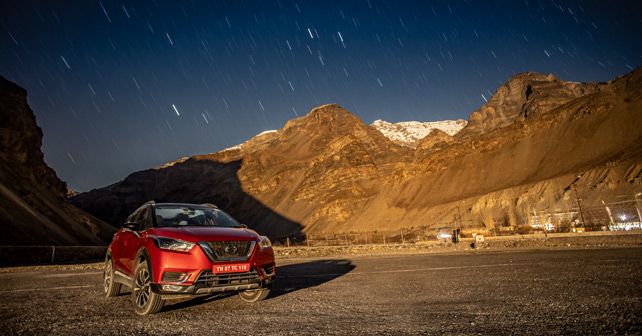
No matter how many times you’ve been to the Spiti Valley, this place is so magnificent that it’ll always make your jaw drop in awe.
Also read - Nissan Kicks Review: First Drive
Nissan Kicks vs Hyundai Creta vs Renault Captur: Comparison


